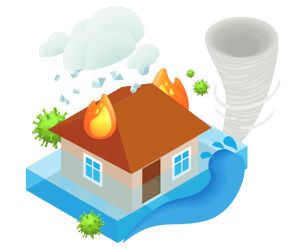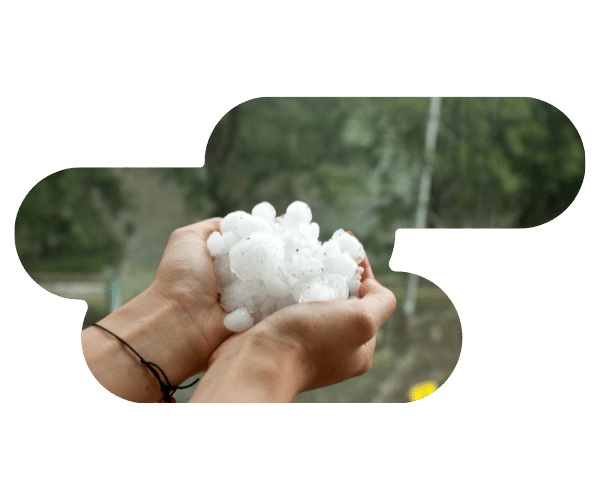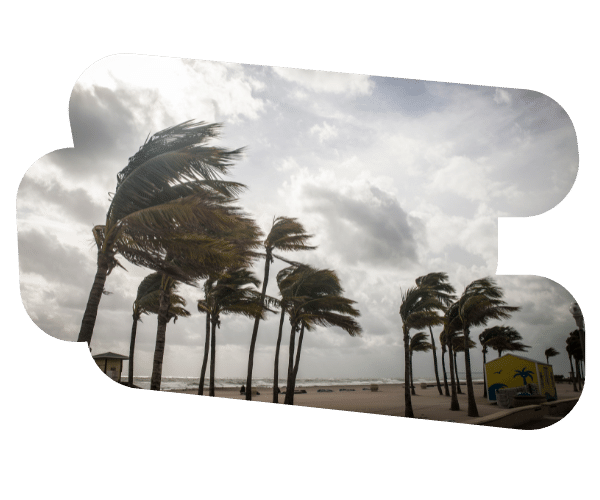
Catastrophe & Disaster Landscape Examples
Catastrophes and disasters are often stressful times for insurance companies, policyholders and claimants. Whether the event is a natural disaster, environmental catastrophe or even emergency notices for pandemics, they often lead to an influx of claim, expenses, and time for everyone affected.
Keeping your customers informed during times of disaster and emergency notifications can help alleviate the impact of extreme situations. Providing your policyholders with proactive notifications prior to a catastrophe or major disaster (pre-CAT) can not only help increase preparedness for such events, but can help minimize loss and the financial impact for policyholders as well as insurance providers. The addition of follow-up notifications (post-CAT) can help ensure policyholders and claimants know how to easily file claims or find the answers to their policy related questions. Frustrations and expectations for both the insurers and the insureds can be minimized.
Different events can present different challenges and, in turn, require different varieties of communication supports. Implementing the right program for the right event ensures you approach these events head on for all involved, while helping you keep an eye on that bottom line and for your employees.
Hail Storms
Although a bit of hail can hardly be considered a disaster or an emergency situation, in some instances hail can have the destructive power to damage cars, houses, and even cause serious injury. It is also often the case that if properly prepared, many of those worse case scenarios can be avoided.
Notify your policyholders of potential hailstorms before they strike. Give them alerts and tips of the best ways to protect their property and reduce not only the volume of inbound calls, but claims as well. By fully utilizing our SPLICE’s CAT programs, your policyholders can be notified immediately to potentially harmful or dangerous weather and provided with instructions or best practices for keeping them and their property safe.
Learn more about Disaster & Emergency Management program here →


Wildfires
Learn more about SPLICE’s Wildfire Precaution program here →
Hurricanes


Floods
Pandemics
Learn more about SPLICE Fast Pass & Fast Pass+ here →

 Stay Connected at Home
Stay Connected at Home
With Squawk, your customers can give their home a voice. The application uses Behavioral and Diagnostic data to tell homeowners what they need to know, in order to prevent critical emergencies from happening. If something goes wrong, the homeowners will be the first to know, and when all critical components of the home are working together, the homeowners will be the first to know.
if any claim is initiated, providing up-to-date notifications to your customers every step of the way will be crucial. Squawk makes the “fixing” process seamless, and ensures that a stressful process for customers, can be an easy experience. Let Squawk boost the overall health of living spaces and let your customers know they are taken care of!
Log in to the application here.


